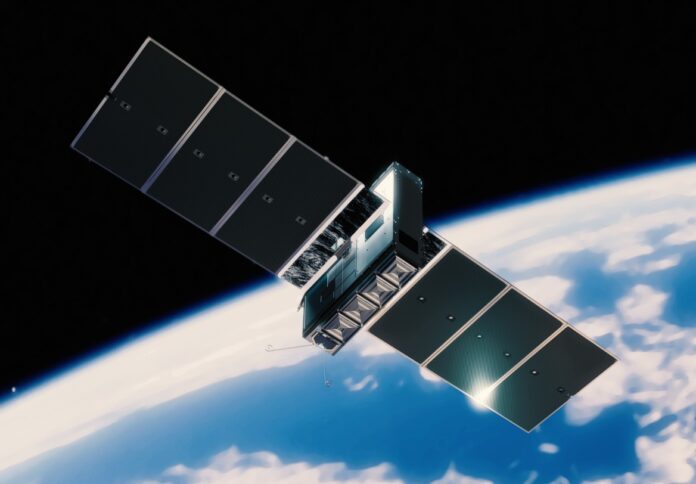
Fleet Space Technologies, a pioneering force in Australian space exploration, has achieved a groundbreaking milestone with its Centauri satellite becoming the smallest voice-capable satellite on Earth.
This achievement follows the successful demonstration of satellite-enabled Push-to-Talk (PTT) capabilities for the Australian Defence Force – Joint Capabilities Group under the ASCEND2LEO program, the company said in a news release.
The ASCEND2LEO initiative, aiming to enhance tactical communications capabilities, showcased Fleet Space’s next-gen Centauri satellites’ ability to deliver high-quality voice and data transmission in Low Earth Orbit (LEO).
Leveraging advanced technology, including 3D printed all-metal patch antennas and Field Programmable Gate Arrays (FPGAs), Fleet Space demonstrated the capacity to re-program Centauri satellites while in orbit, marking a significant advancement in satellite communications technology.
Matt Pearson, co-founder & chief exploration officer at Fleet Space, emphasised the company’s commitment to innovation in meeting the evolving needs of the Australian Defence Force.
Pearson stated, “By successfully delivering a software update to our Centauri satellite while in orbit, we are proud to be the developer and operator of the world’s smallest known voice-enabled satellite, creating new innovation pathways to advance new capabilities for the global space industry and beyond.”
During a live demonstration, Fleet Space’s PTT capabilities exhibited exceptional performance, meeting stringent criteria for one-way voice transmission across vast distances in various operational environments.
The collaboration with Defence Science & Technology Group (DSTG), SmartSat CRC, and Safety from Space ensured the successful adaptation and implementation of communication waveforms, underscoring Australia’s capabilities in space technology development.
Peter Kerr, Defence & National Security Coordinator at SmartSat CRC, praised the technical accomplishment, underscoring the role of SmartSat in advancing SATCOM resiliency for Defence through innovative approaches like the Regenerative Voice System architecture.
With this feat, Fleet Space has expanded technological pathways for satellite communications, offering scalable solutions for defence and global space sectors.
The reprogrammable nature of Fleet Space’s Centauri satellite, facilitated by software updates, exemplifies the agility and adaptability of microsatellite constellations in meeting complex communication needs.
Furthermore, Fleet Space’s technology extends beyond Earth’s orbit, with plans for lunar exploration through its ExoSphere solution.
Scheduled to land on the Moon’s surface in 2026 aboard Firefly Aerospace’s Blue Ghost lander as part of NASA’s CLPS initiative, Fleet Space’s SPIDER variant will contribute to geological exploration and the search for water ice deposits on the lunar surface, marking a significant milestone for Australian space exploration.




















